Rothbury Bridge
Bridge In Rothbury, Northumberland
Over six hundred years of stones crossing the Coquet, connecting the route of the old corn road from Hexham to Alnmouth.
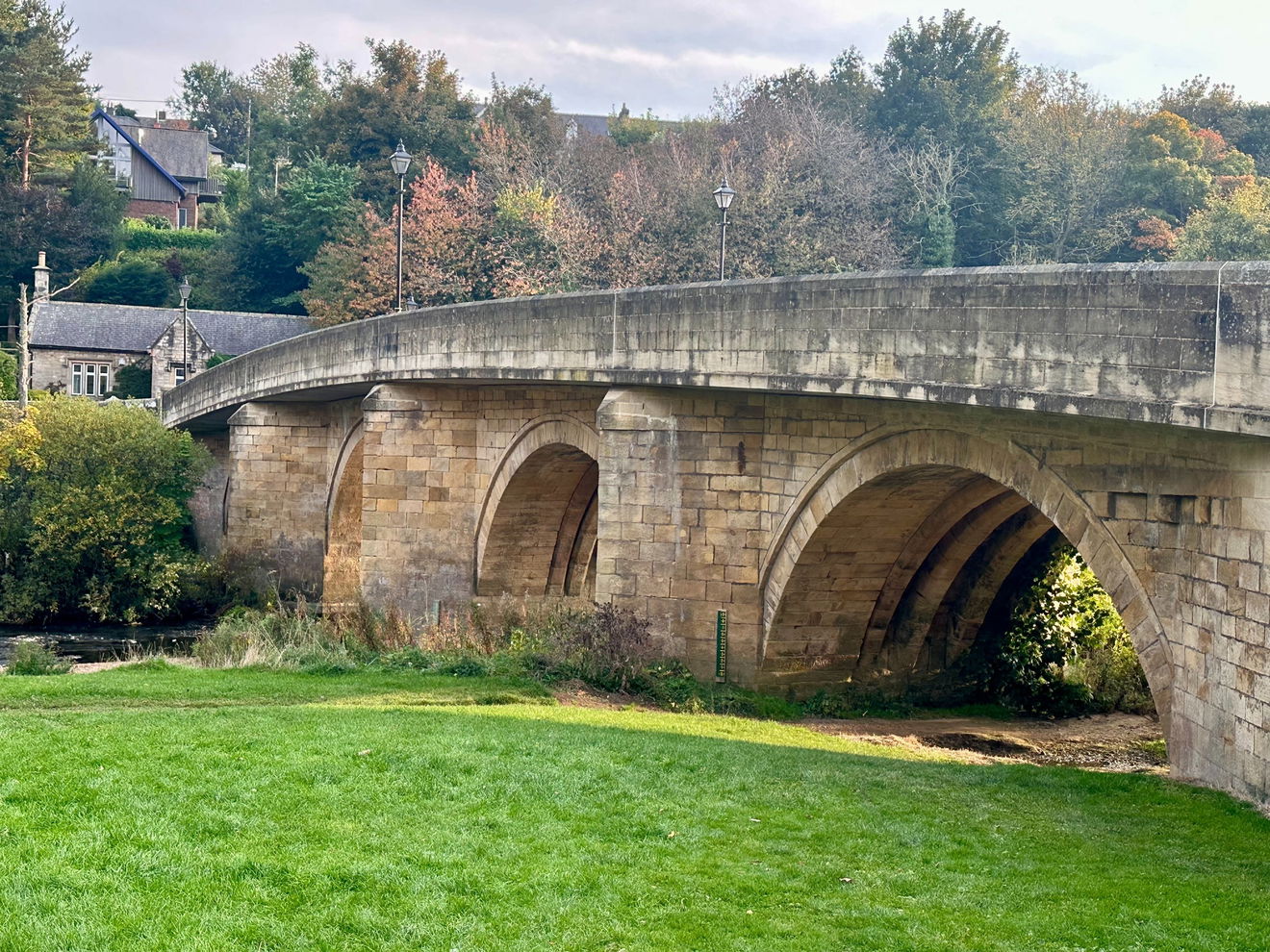
Bridging the river at Rothbury sits this scenic sandstone bridge.
I Googled 'Does the bridge in Rothbury have a name' and Gary Google told me “Yes, it's called Rothbury Bridge”!
I like a straightforward response, and this was a relatively straightforward bridge with a few quirky additions over the last six hundred years. Despite the decades of wash and wear, the bridge here has held its own.
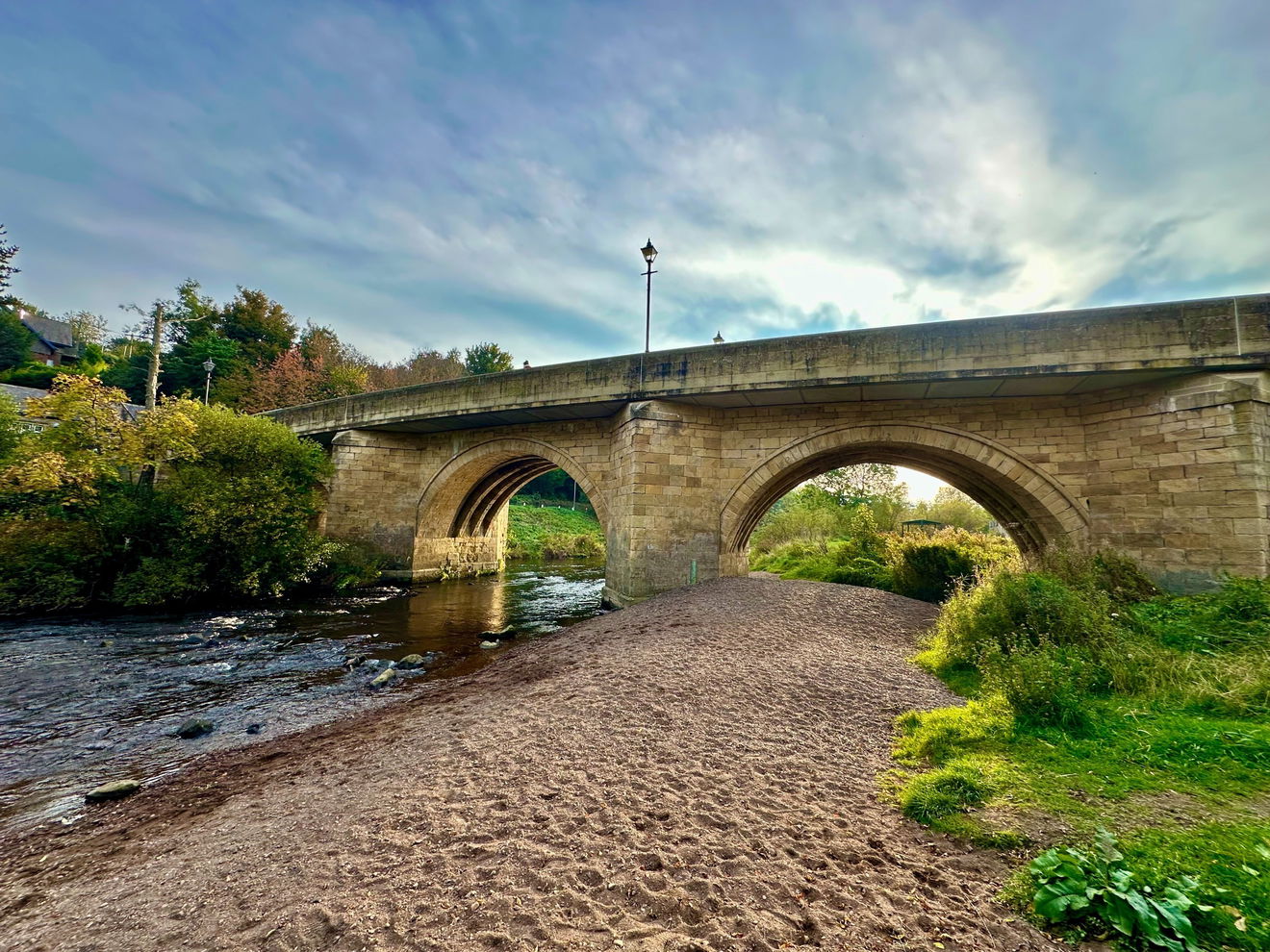
Built in 1460 (that's such a long, long time ago), it was originally constructed as a packhorse Bridge, being one horse width wide, intended to transport ponies loaded with panniers across the River Coquet. The bridge initially had low parapets to ensure the smooth crossing of the animals so that nothing would topple from their saddles and side bags. The triangular cutwaters, as well as deflecting river debris at lower levels, provided a safe place for people to pass.

The crossing was on a trade route between Hexham and Alnmouth known as The Corn Road and the bridge probably replaced the crossing site of an old ford. No one likes to get their hooves wet! With the construction of the modern new bridge, tolls would have been paid to get from A to B, and an old toll cottage sat on the south side of the river.

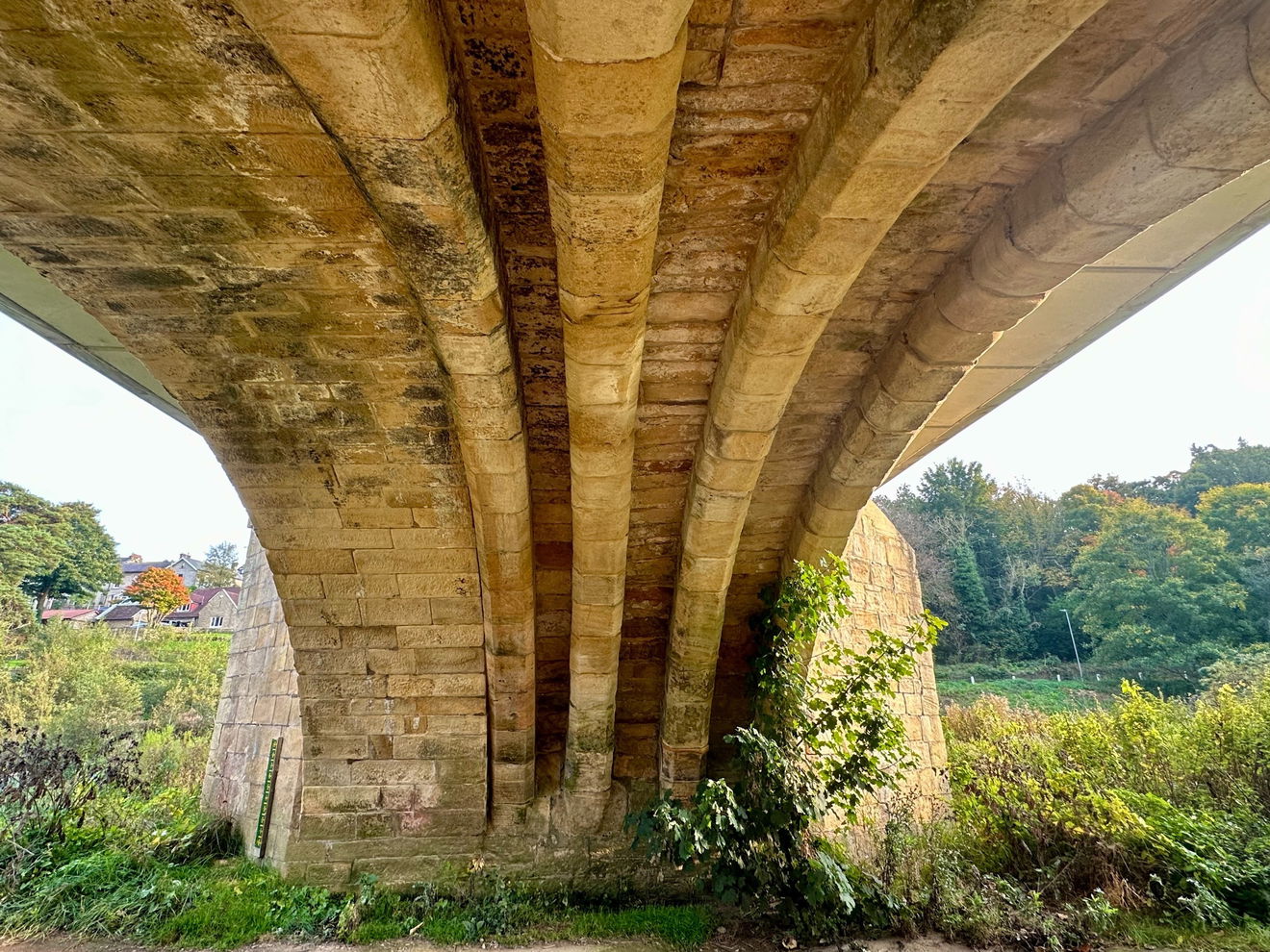
Originally built of three arches, the north side of the bridge has amazing, chamfered ribs supporting its arches. I loved the golden grooves; great hunks of sandstone holding the whole thing aloft.
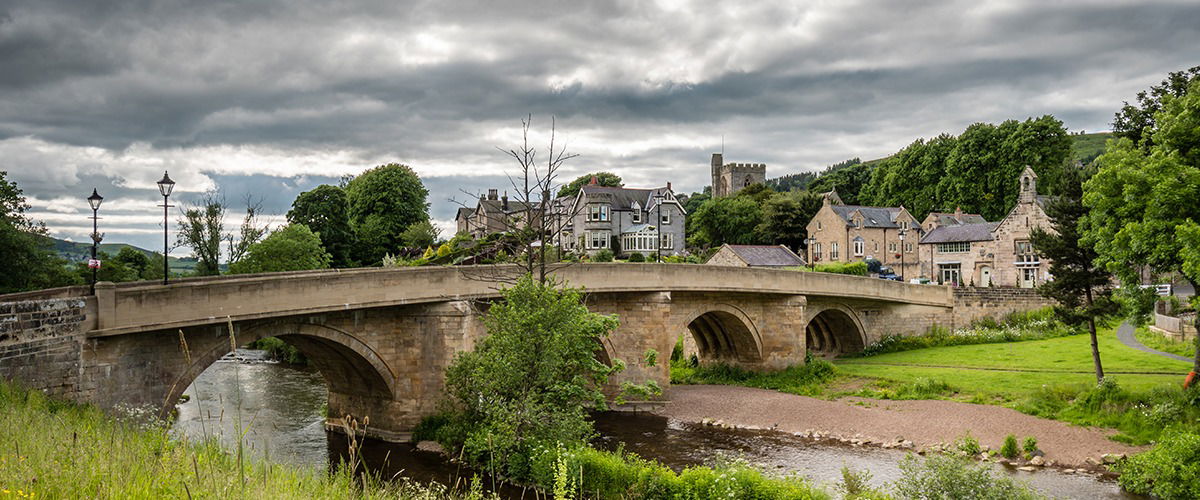
But as is the way with rivers, water widens as it erodes the land, meandering over rocks and rushing down from the far off reaches of its source in the western Cheviots, near Chew Green Roman Camps at Coquet Head. From the 1700s there are copious records of the Coquet bursting its banks at Rothbury and taking with it livestock and land, hedges and edges and in 1759 it became necessary for the bridge to be lengthened from three to four arches and in 1864, widened from 11 to 18 feet.
The same was repeated in 1927 with the escalation of road traffic from hooves to horseless carriages. The south arch, as this old photo from Rothbury Parish Council below shows is without the ribs of the other river crossing arches.

Again, in the 1970s, bits began to fall away from the 1920s restoration. Pieces plunged into the river from the previous parapet patch up. If you look, you can see where the old and the new collide, steel and concrete being partnered with lovely honey coloured stone, confining the cutwaters to a bygone era, putting a literal lid on bridge. It's less visible from above, but below you can notice the overlap of newer materials and the burying of medieval detail.


We spotted what I think might be a mason's mark at the foot of one of the arches. These medieval marks identified the specific stone mason who constructed a particular part of the bridge. Also known as banker marks or fine mason's marks, these were to the stone as a painter signs a portrait; a sign on the outer face of the stone to delineate who undertook the masonry and the standard of the work of the mason employed.
Each stonemason had their symbol, some passed down from father to son, which they'd mark on the pieces they'd worked on. Then the master mason would be able to determine who'd done what and where, and how much each mason should be renumerated. A walling mason would be paid per piece or distance of work done, whereas a more skilled mason who did carving would be paid by the day. Therefore, more marks would indicate a prevalence of walling masons and fewer marks would indicate the mark of a more skilled mason and were usually shown as straight lines cut with chisels. See if you can spot the mason's mark below.
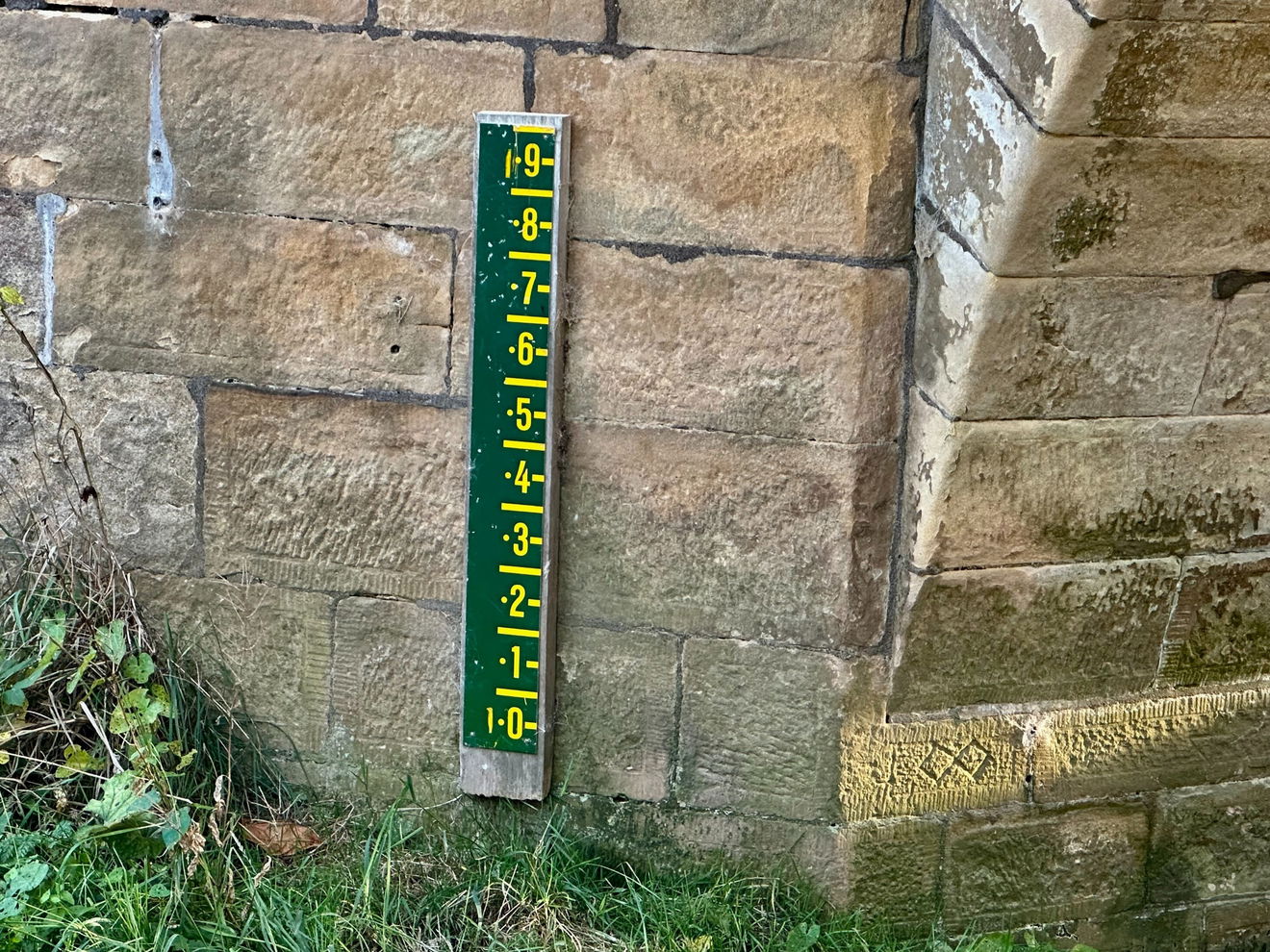
On the south side, there are the initials 'W O' carved into a lower course which point to the work of local mason, William Oliphant, who worked on the bridge in 1759.
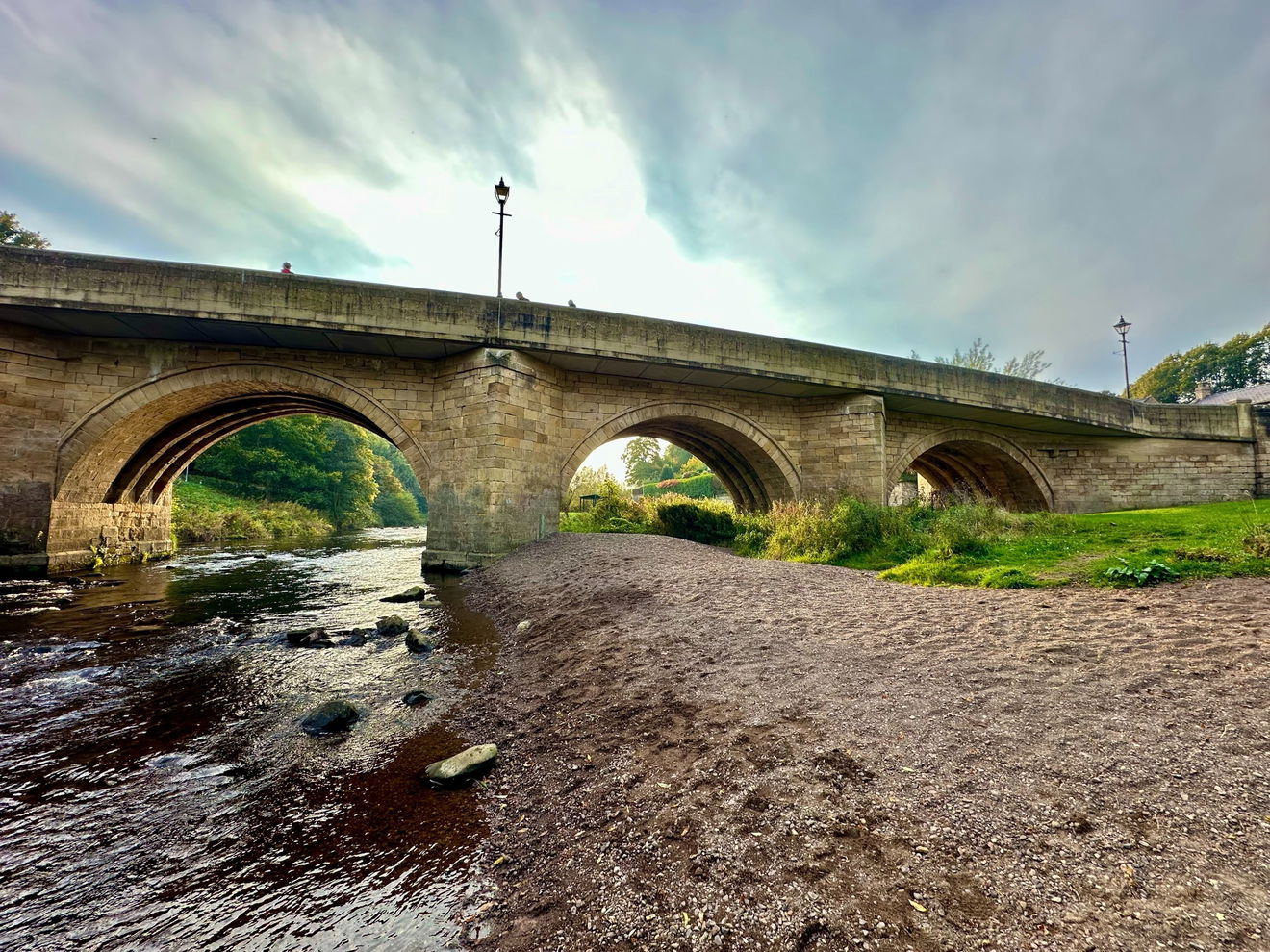
Have a good glance at it. It's a pleasing bridge of small scale, purposeful proportions. Undoubtedly, it was a classier crossing altogether before its more modern additions. In his book of 1928, Highways and Byways in Northumbria, P Anderson Graham states:
“Alas! The medieval bridge since then has been almost ruined by the county council”
But maybe better to mend the broken bits than lose the whole dang lot eh? There aren't a lot of nods to the 15th Century to shake a stick at in Northumberland, so no wonder they're tucked up and dolled up in concrete and steel.




I loved the smoked salmon style slices of stone and the patterns in each piece of masonry, the regularity of the voussoir stones that tightly hugged those arches together, curling a kerby lip under each protruding chamfered edge. I loved the bold four-arch approach for those river wide days, and the chunky ribbed ridges which looked like never ending bars of gold. But most of all, I loved the length of life of this river crossing, a bridge really built to stand the test of time and the current of the Coquet.
Rothbury Bridge is one of the oldest bridges in Northumberland. It's medieval and was built in 1460.
Originally built of three arches, the north side of the bridge has amazing, chamfered ribs supporting its arches. In 1759 it became necessary for the bridge to be lengthened from three to four arches and in 1864, widened from 11 to 18 feet. The same was repeated in 1927 with the escalation of road traffic from hooves to horseless carriages. The south arch is without the ribs of the other river crossing arches.
Get 1 point if you have visited this place. Already visited by 164 VIPs.
Login to the VIP area to add places to your bucket list, mark them as visited and more importantly see where you rank on the league table.
How To Find Rothbury Bridge
Where Is Rothbury Bridge?
Lat / Long
55.308794, -1.909011
What three words
Where To Park For Rothbury Bridge?
Lat / Long
55.307662, -1.911192
What three words
Park in the Cowhaugh car park and then it's just a short stroll along the river to the bridge.
Contributed by Jos Forester-Melville
Highland loving human. Thalassophile. I love a good smile. Happiest heading for the hills with my pickup filled with kids and dogs! Working four days, we enjoy a Fridate, and usually spend it scouting out new scenery. I love a gated track, a bit of off roading and if it involves a full ford, well, that gets extra points! I go nowhere without a flask and binoculars, and love the small things in life that make it big…Goldcrests, dry stone walls, Deadman’s fingers, blackberries and quality clouds.
More Places from Jos
More Places In Rothbury
Find more fabulous places in Rothbury, Northumberland and if you know of a place we haven't listed, then let us know.

Tosson Tower
Tower Rothbury NorthumberlandA 600 year old ruined Pele Tower used as a stronghold against invading scots.
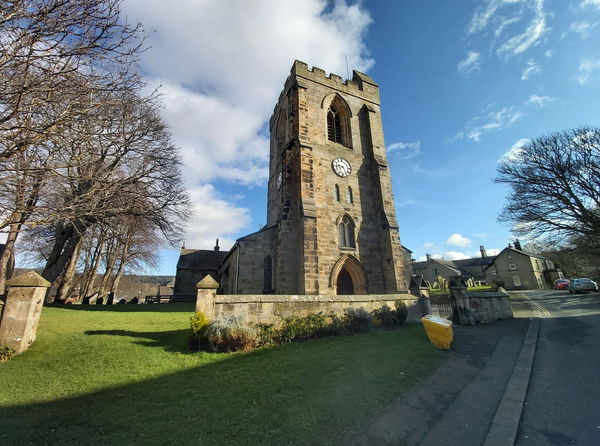
All Saints Church
Religious Place Rothbury NorthumberlandA Parish Church close to the centre of Rothbury, parts of which date back to the 1200s

Garleigh Moor Trig Point
Trig Point Rothbury NorthumberlandThe trig point sitting on top of Garleigh Moor (268m).
More Bridges
So this bridge wasn't enough and you want more? Don't worry we have you covered.

Lune Aqueduct
Bridge Lancaster LancashireA Georgian Grade I Listed aqueduct, the largest all-masonry aqueduct in Britain taking the Lancaster Canal over the River Lune.

Witton Park Viaduct
Bridge Bishop Auckland County DurhamA super viaduct in Bishop Auckland where rail, road and river converge.

Transporter Bridge
Bridge Middlesbrough North YorkshireThe Transporter Bridge that spans the River Tees in Middlesbrough.
Never Miss A Fabulous Place
If you are afraid of missing out on all the fabulous places we post, or just want to be the first to know, then sign up to the Fabulous North.
Each week we will email you all the brand new places that we visit.
Sign Up To AlertsFind Us On Facebook
We post all our new places daily on our Facebook Groups page, so join the group today and be notified when we add a new place.
Join Our Facebook GroupRothbury Bridge was listed in Bridge // Northumberland // Rothbury

